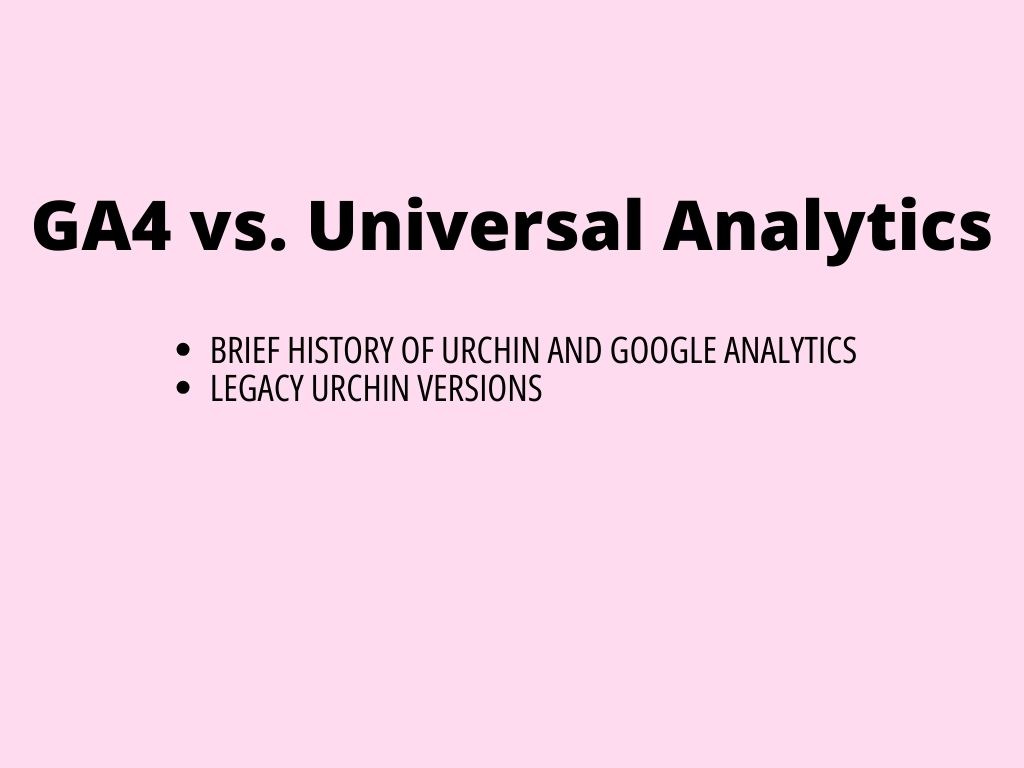
Session – what are sessions and how are defined?
A session is a single instance of active engagement by a user in an app or on a website and this metric is used by many analytics and ad systems (but it will vary from system to system – as each platform counts sessions often differently).
Why are sessions used as a metric?
This idea of a session helps to understand how long and how often (frequency during a specific time period) a person uses an app or a website. It is useful for people who make apps or websites, like developers and marketers, because it shows them how people are using these apps or websites.
On websites, a session starts when you open the website. It ends if you don’t do anything on the site for 30 minutes.
Or when there is a time transition between midnight and the next day – that’s how it was defined in Universal Analytics:
In Universal Analytics (UA), a session is defined as a group of user interactions with your website that happen within a specific time frame. This means that when a user visits your site, everything they do from the time they arrive until they leave (or get inactive) is counted as one session.
In GA4 is sessions defined as a period of active user engagement based on events, not just page views.
Also when sessions end can differ.
Difference between sessions in GA4 and UA
Definition of session in Universal Analytics (UA)
Sessions end when:
- 30 minutes of inactivity (or your session timeout settings)
- The clock passing midnight (resulting in a new session)
- New campaign parameters are encountered (i.e. if you use UTM parameters for internal links on your website > therefore, this is not recommended by Google to use UTMs for internal linking of your website).
Definition of session in Google Analytics 4 (GA4)
Fewer occurrences of how a session can end. Sessions end only if there is:
- 30 minutes of inactivity (or your session timeout settings)
- the session can now carry over across midnight
- session and are not affected by encountering new campaign parameters
If your site has a global audience, this can cause discrepancies in the session figures you see for UA and GA4 respectively.
The last thing you do on the website is considered as the end of your session.
In the mobile ecosystem, a session begins when the app is opened in the foreground, and ends when it goes into the background with no events occurring during a predetermined time window ( dependent on the mobile measurement provider = it ends if you stop using the app and no activity happens for a set amount of time).
This time is decided by the app’s rules.
It’s important to know that if you do something in the app during this time, it still counts as part of your current session. This is because people often switch between different things on their phones.
Why are sessions important as a metric?
Understanding sessions help us (mainly marketers/marketing/business people) see how people use an app. It shows us what they like, what doesn’t work well, and where we can make things better. This understanding comes mainly from two types of information:
- Session metadata – this is about how long each session lasts.
- Usage data – this measures specific, important activities that users do in the app.
By knowing what specific parts of the app users are really using (or not using), and then looking at how this compares across all users, marketers can make better decisions. They can improve how effective their ads are and decide how to group users for better advertising and ways to keep them coming back to the app.
Product managers can use information from sessions to figure out what parts of an app need to be better, taken out, or added. This data helps them see what’s working well and what problems there might be. They can also look at session data to make specific parts of the app work better. This information can help them focus on the right users, either to get them to use the app for the first time or to keep them coming back, or to target with marketing activities just engaged users etc. There are many use cases where are sessions used as very important metrics.
Retention is about how long users keep using an app. By comparing this with how often they have sessions (times they use the app), marketers can see how keeping users around and how often they come back are connected. This helps them make better choices to improve these numbers.
Comparing this to retention, which indicates the overall length of time for which users remain active, marketers can understand the connection between the retention rate and session frequency of their users, and optimize accordingly.
This can lead to more people using the app, more loyal users who like the app, and more chances to make money.
Was this article helpful?
Support us to keep up the good work and to provide you even better content. Your donations will be used to help students get access to quality content for free and pay our contributors’ salaries, who work hard to create this website content! Thank you for all your support!
Reaction to comment: Cancel reply